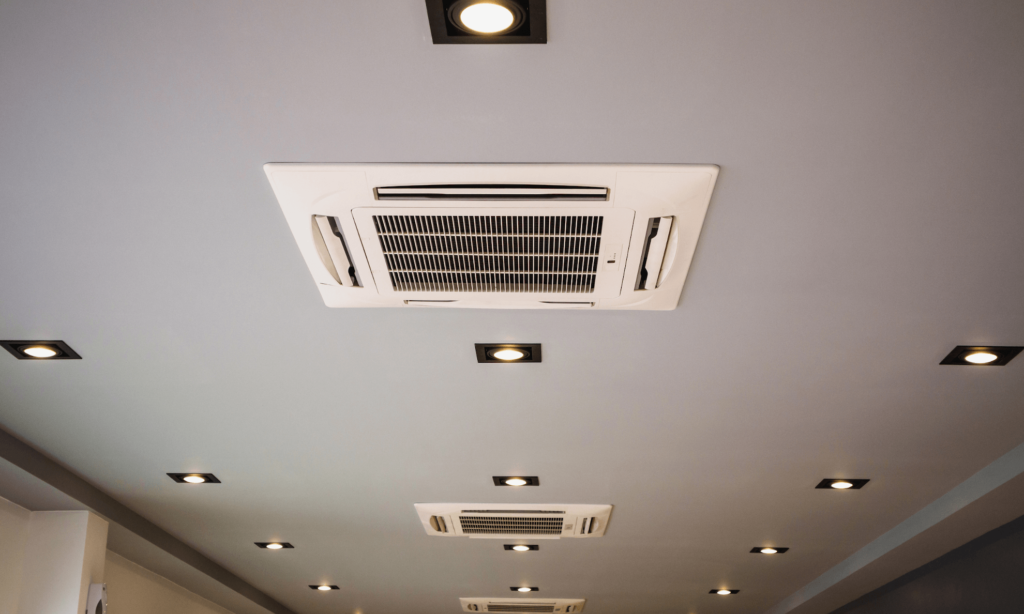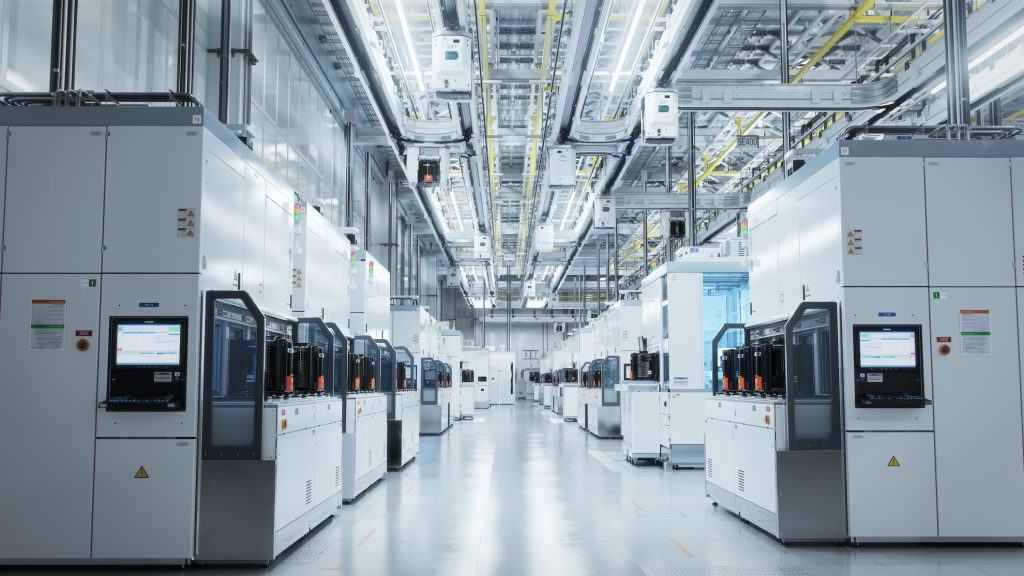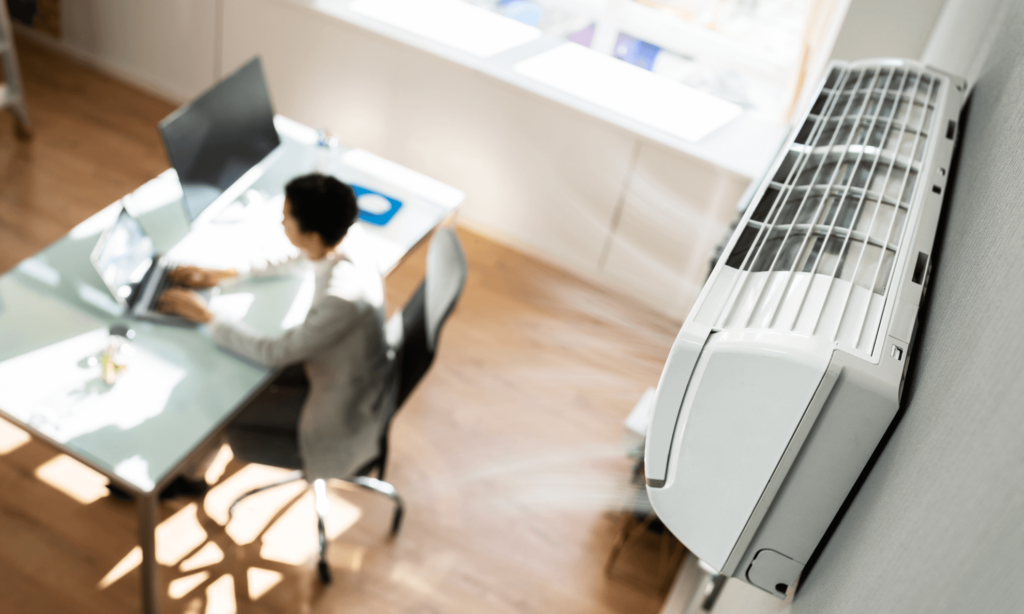The Benefits of Full Facility Disinfection Across Air, Water, and Surfaces
The world would like to forget COVID and return to normal like a pandemic never happened. And that’s understandable. But we should not overcompensate and forget that bacteria, fungi, and viruses of myriad types are still with us and will continue to cause harm locally and occasionally globally.
For instance, at the time of this writing, there is an emerging scare in England. Customers of dairy giant Müller, the manufacturer of Cadbury treats, are being asked to return specific products due to potential contamination by listeria bacteria. Consumption of foods tainted with this bacterium can lead to severe stomach illness and death in some people.
During the COVID-19 pandemic, hygiene became a top priority in every aspect of life. As we transition to the post-COVID era, maintaining good hygiene standards should remain a priority, especially at work, where many people are in close contact. One way to do that is by implementing full facility disinfection across air, water, and surfaces.
Full facility disinfection means more than scrubbing the toilets and clearing the breakroom fridge. It involves using advanced technologies, such as UV lighting, to disinfect every nook and cranny of a facility. It includes air purification systems that filter out pathogens, water filtration and disinfection systems that ensure the water supply is free from contaminants, and surface disinfection procedures that eliminate bacteria and viruses on all surfaces.
While many facilities did ramp up their cleaning protocols during the pandemic, it is essential to avoid getting complacent now and assume that threats have passed. There are still many harmful pathogens that can pose a risk to workers’ health. Full facility disinfection can help to eliminate these risks and promote a healthier environment for everyone.
In addition to its health benefits, full facility disinfection also improves the work environment overall, boosting the mood and attitude of employees and customers. It creates a more welcoming atmosphere for staff and visitors, increasing satisfaction and productivity. Indeed, in a pre-pandemic study by Staples, 94% of workers said they feel more productive in a clean workspace, and 77% said they do higher-quality work in a clean environment.
Bad hygiene brings serious consequences
Governments around the world are now in the process of developing cleanliness rules and regulations to protect consumers and employees. But these are still a work in progress, and until they’re completed, food and beverage companies must take responsibility for ensuring the safety of their products and working environments. This should include disinfection standards.
It’s not only about protecting workers; it’s also about preventing the spread of pathogens to customers through the products workers handle. Viruses and bacteria can easily be picked up from contaminated surfaces and objects, and the infectious agents can then be passed along to customers and cause widespread illness.
The outcomes can be tragic. In one case a decade ago, the Peanut Corporation of America was found to have shipped products contaminated with salmonella that sickened thousands and may have contributed to the death of nine. The company CEO was sentenced to 28 years in federal prison, and his company went under. This is a particularly egregious example, but a health incident of even mild severity can cause severe brand damage to the company responsible.
Rather than simply follow government guidelines, companies should take a proactive approach to protecting public health. They should continue to apply the hygiene practices they learned during COVID for now and long-term. By implementing robust disinfection standards, companies can play their part in promoting a safer and healthier world for everyone—while also protecting their brand.
Disinfection measures ward off negative publicity as well
Let’s first state the obvious. The paramount concern of companies is protecting the health of their customers and workers. But let’s also acknowledge that companies do—and should—devote a lot of effort to protecting their brand reputation, a task that grows more difficult by the year. Customer expectations are now at an all-time high. Consumers are easily disappointed, and when they are, they don’t hesitate to tell the world on social media. When someone opens a loaf of bread and finds green mold inside, a photo of that bread can go viral in minutes. From there, brand damage is sure to follow.
And it’s not only consumers who are using social media. Employees can share pictures of work environment health hazards—the moldy ice cream machine and the unappetizing food production line. These photos can quickly spread and damage a company’s reputation.
For this reason—and, of course, for the safety of their employees—businesses, both big and small, are looking for ways to do a better job with hygiene and extending their efforts beyond minimum regulatory requirements. They aim to create a culture of cleanliness and safety that reaches all corners of the company, from the production line to the supply closet. They’re safeguarding their employees and brand from social media’s negative impact and maintaining consumer trust.



UV shows the way to a healthier workplace
In the past, chemicals such as chlorine were the go-to disinfection method and are still widely used in the food industry. But chlorine comes with a lot of concerns attached. It causes environmental damage when it enters waterways, requires special storage, and poses safety risks. Additionally, using chlorine in food processing can taint the taste and smell of the product.
UV disinfection is a better alternative. It does not change the taste or odor of products, while it inactivates any bacteria, virus, or fungus present. It also has a smaller carbon footprint, lower energy consumption, and almost no safety concerns.
UV can eliminate almost all known viruses, bacteria, and fungi, making it a powerful disinfection solution. It’s also increasingly popular due to its effectiveness against emerging contaminants. It has become the preferred choice in many industries, even the swimming pool industry, where traditional chemicals like chlorine are no longer effective against certain waterborne pathogens like cryptosporidium parasites. Overall, UV disinfection checks all the boxes regarding safety, sustainability, and efficacy.
In the post-COVID world, keeping hygiene standards high is crucial. This is where full facility disinfection comes in. By thoroughly disinfecting the air, water, and surfaces in their facilities, businesses can create a safer environment, protect public health better and keep operations performing at their peak.
By Ken Kershner, Global Commercial Director, Nuvonic
Share: